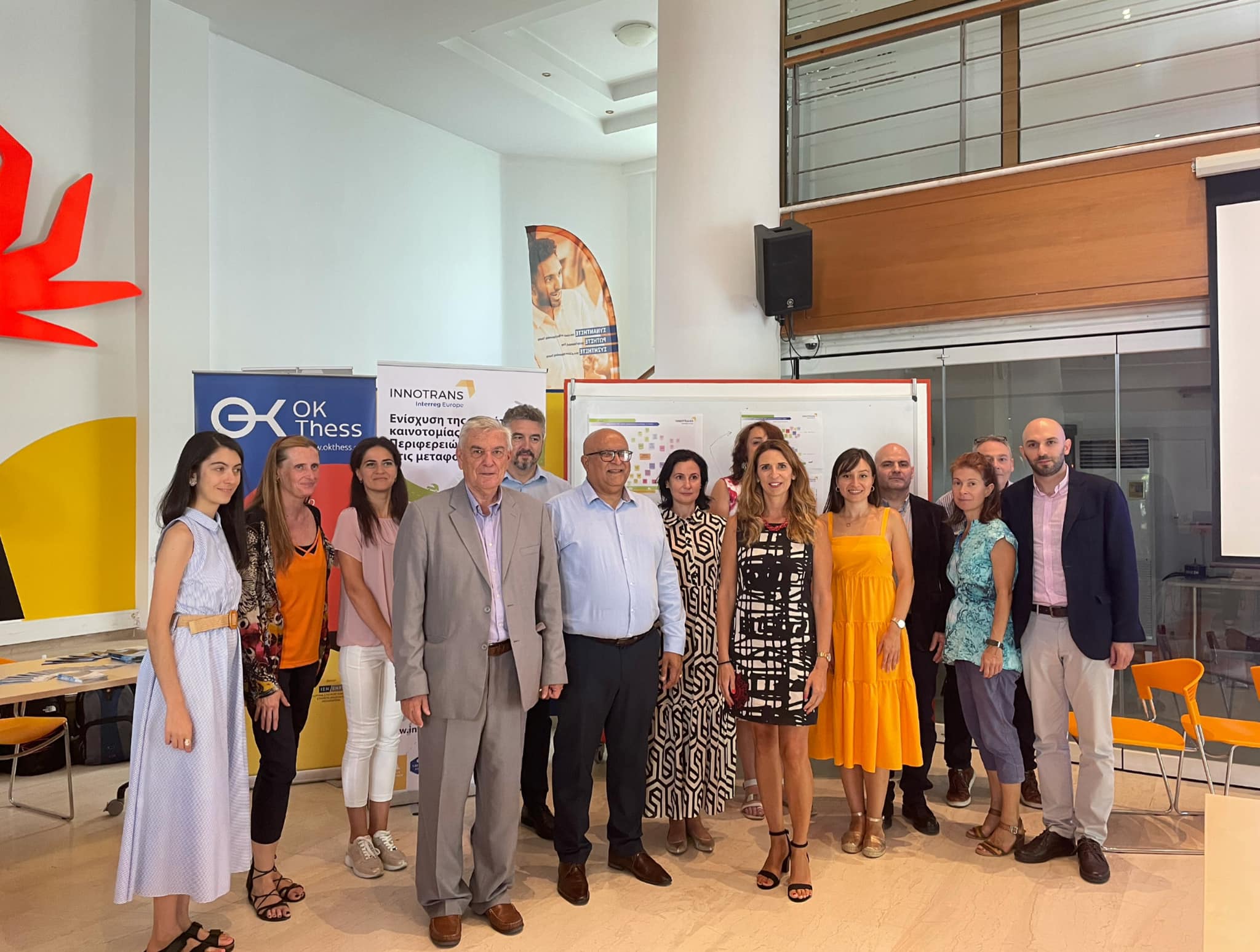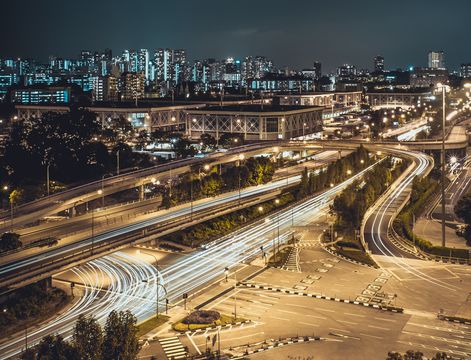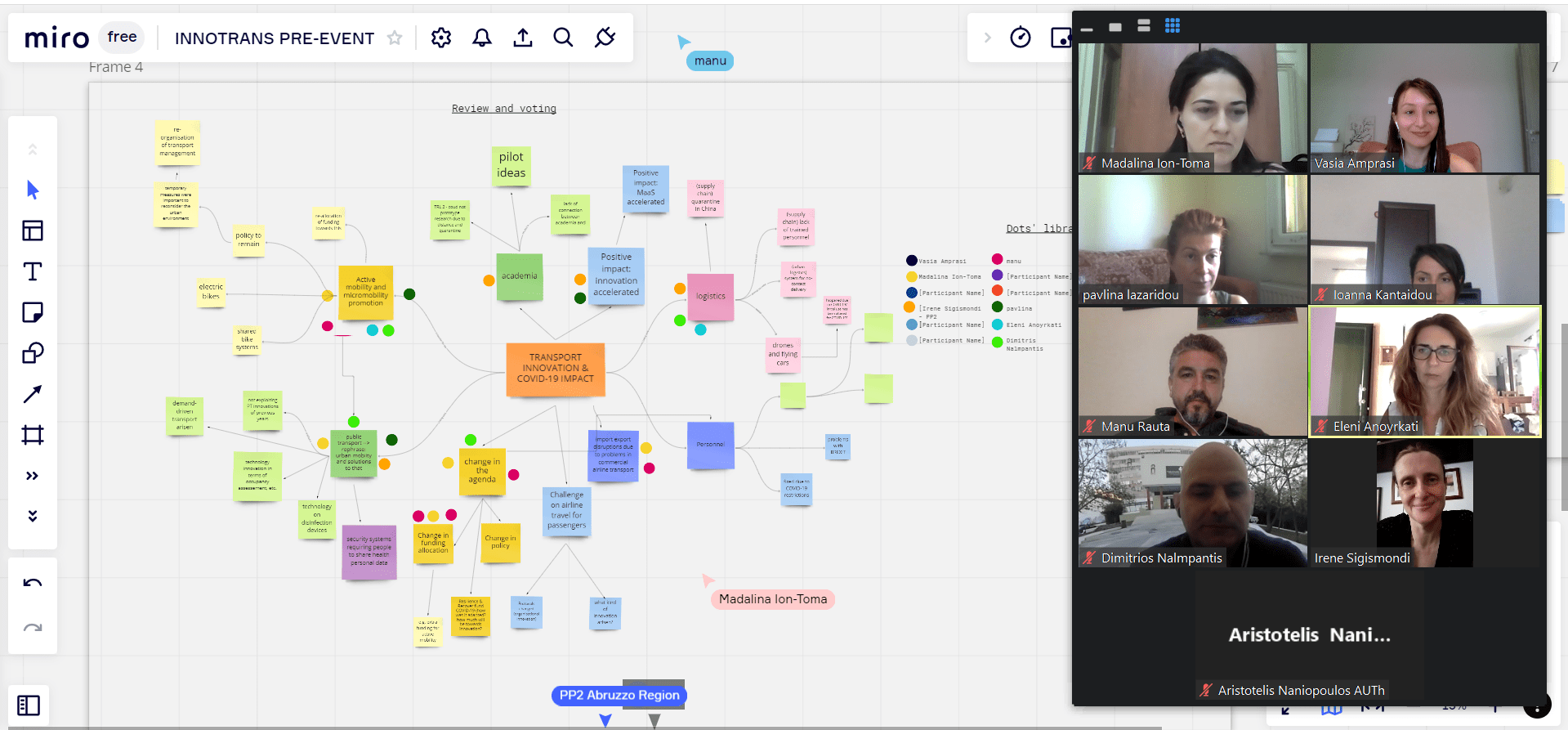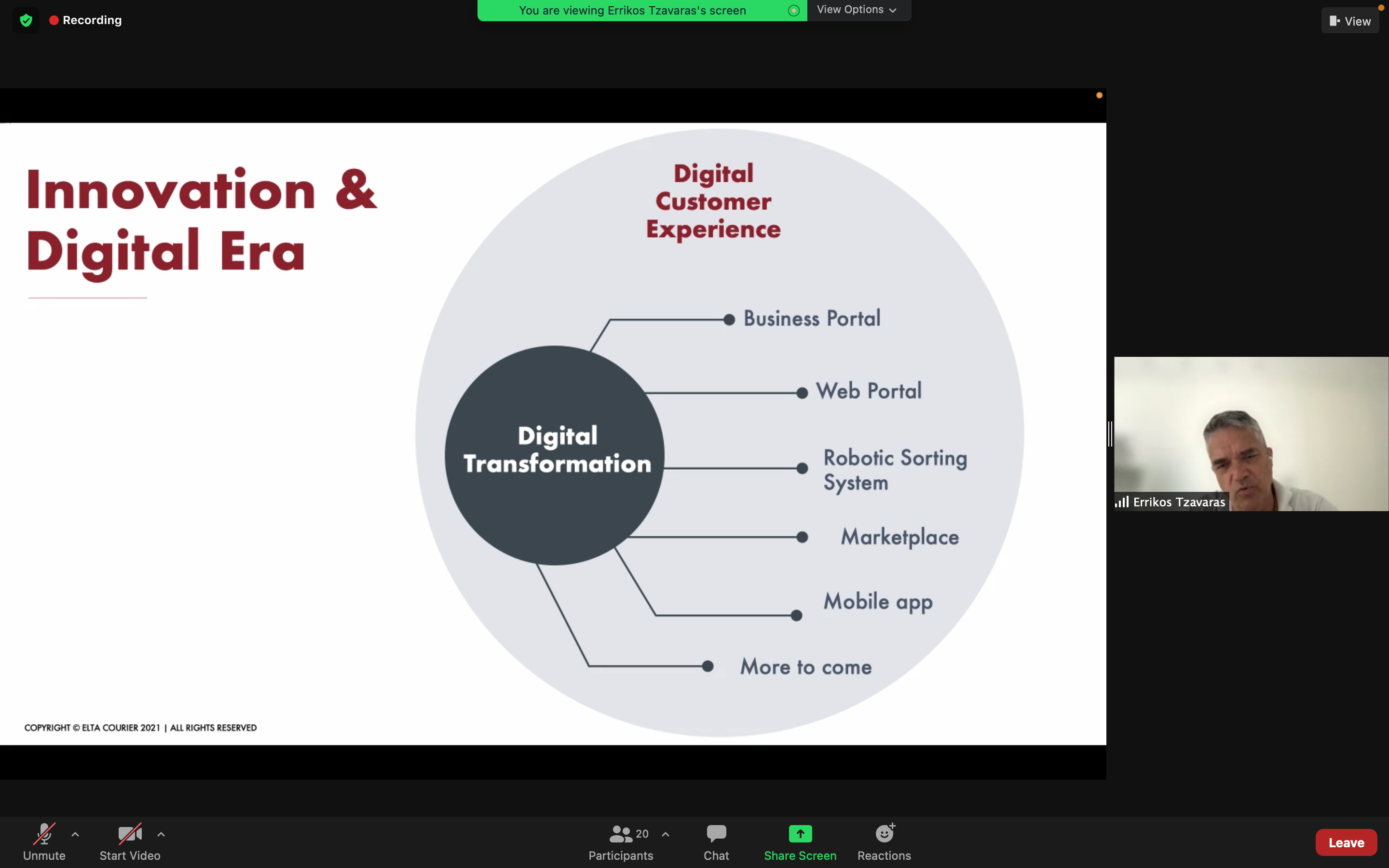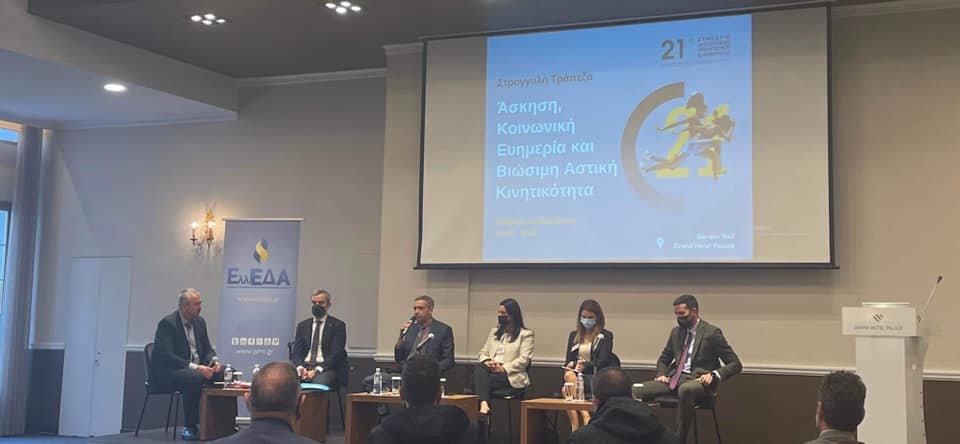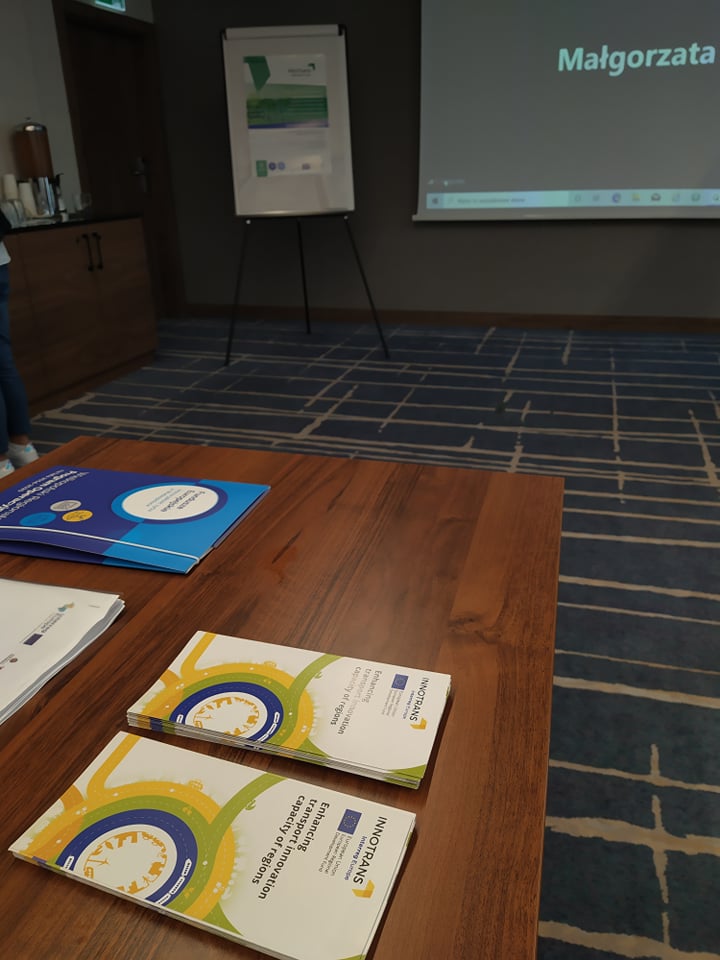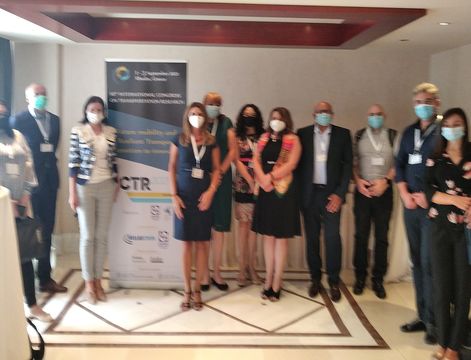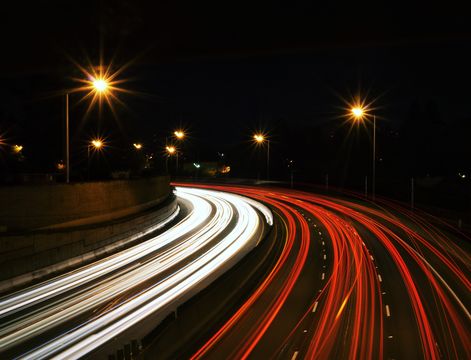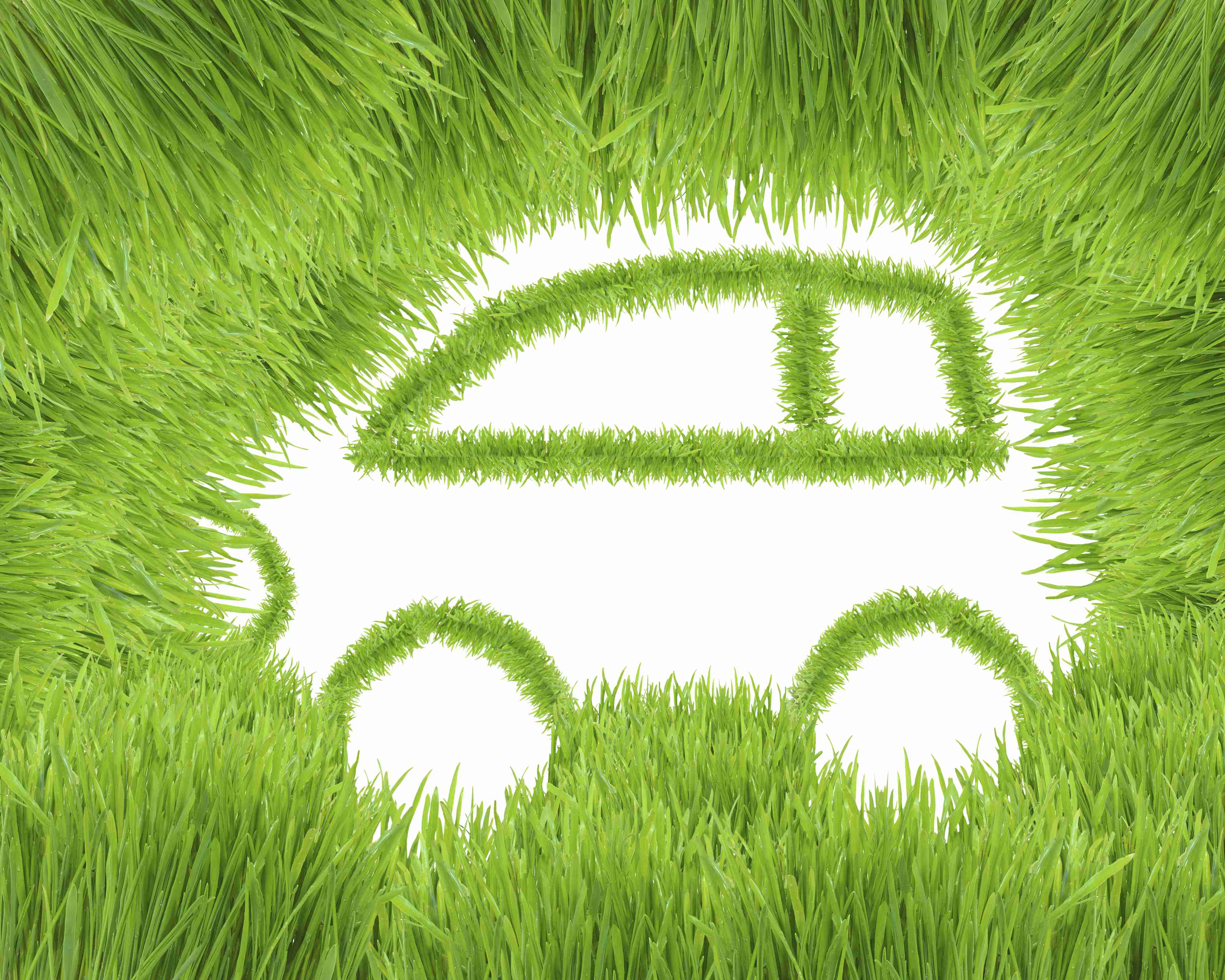Potential of low carbon transport solutions in Romania
Romania is doing well with transport, covering 12.5% from the total percentage of GHG emissions from all sectors (INEGES 2012) compared with EU average of 19.7%. Nevertheless, transport emissions are rising faster in Romania, driven in part by the reduction in the share of rail transport and the increase in road transport. Road transport is responsible of 93% of total transport sector emissions.
Although the modal share of cars in Romania is around the EU average, the degree of use of road transport (or the number of car owners) in Romania is the smallest in the EU, with 224 cars per 1000 inhabitants in 2012, but still rising significantly in the past years, from 152 cars to 1,000 inhabitants in 2006. In Romania transport market is growing positively correlated with economic growth and GDP increase.
Cars versus rail transport
One can notice a prevalence of car transport while rail transport is reduced due to the degradation of the Romanian railway system. The National Transport Master Plan for 2016-2030 commits to the overall objective of implementing an economically efficient, sustainable, safe, low-impact transport system.
Another key national strategy, the Romanian National Strategy on Climate Change (2016-2030) and Low Carbon Economic Growth also includes objectives and priorities related to transport sector. Romanian legislation provides small incentives, mainly subsidies for electric vehicles for physical persons.
For public authorities, the Regional Operational Program, ERDF funding instrument will support the procurement of electric vehicles (mainly busses) for public transport needs.
The price tools aim to stimulate the purchase of green cars, the use of environmentally-friendly fuels and the reduction of vehicle use. Examples: fuel taxes, high parking rates, tax cuts for new vehicles using environmentally friendly technology (such as hydrogen, methane, electricity and hybrid technology) . However we remark a lack of strong economic incentives for an ecological transport system.
Barriers for low carbon transport
Despite all the incentives, there are still significant barriers for low - carbon transport, such as:
1. Lack of efficient urban transport. The first step in solving this issue was to provide local authorities with adequate funding for drafting and implementing Sustainable Urban Mobility Plans, for all cities with a population of more than 100,000.
2. The current state of the rail system. To reverse the trend of long-term decline in rail transport, there is a need for radical restructuring and modernization of the railway network and real change in the management culture of railway companies to provide attractive customer services.
3. Reduced investment in road infrastructure. Road infrastructure development should be done using appropriate transport infrastructure technologies, which will save fuel and reduce CO2 emissions ( e.g. concrete cement cloth for road infrastructure is an example of good practice for areas where weather, relief and traffic conditions are appropriate). Financial resources were mostly redirected towards the modernization of the national roads, taking into consideration both the value and the quality of the network of county roads and city streets.
4. Port infrastructure is poor. South-East Development Region will be key Beneficiary for ERDF funding from the Large Infrastructure Operational Program. Ports of Constanta, Galatzi and Tulcea have access to more than 1 billion Euros for the 2014-2020 programming period.
5. The street system has failed to keep up with the rapid increase in the number of vehicles, adding to the decrease in the contribution of urban public transport to the traffic flow in cities due to the decrease in the number of means of transport and the passengers transported.
According to the 2014-2020 Regional Operational Program, the main barriers for South-East Development Region, are:
1. Out of 10,856 km of regional public roads, only 19.4% are modernized, the region having the lowest share in the country.
2. The main problems of the road network are: poor road quality, poor lighting and street marking, and the situation of roads in rural areas is critical, with most rural localities lacking paved or asphalted roads.
3. Road bridges are in a precarious state.
4. In 2005, the railway network had a total length of 10,948 km, of which 1,750 km in the South-East Region (only 477 km, representing 27,2%, are electrified). Railroad density is 45.9 / 1000 km2
5. Absence of power systems for electric or hybrid cars.
6. Infrastructure investments for carbon-free vehicles.
Infrastructure investments in carbon-free modes (pedestrians and bicycles) have good potential for reducing carbon emissions by encouraging the transition to these modes. This could result from providing the infrastructure and services that would make transport modes feasible for more journeys.


